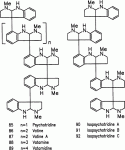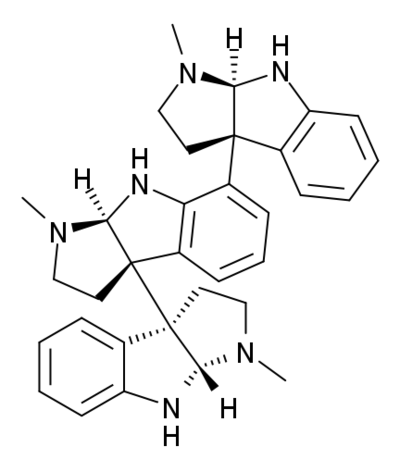Well being in the same family doesn't really mean much in terms of botany. It's in the family rubiaceae along with kratom. But coffee is also in the family rubiaceae and coffee is nothing like kratom in terms of effects.
If it were in the same genus that would be something. But in botany being in the family doesn't really imply that much similarity.
If we were talking a species in the same genus (e.g the genus mitragyna) then I would be more interested to see if it had similar effects.
Psychotria is the genus of Psychotria viridis, which is the dmt containing component in ayahuasca. So if I were to guess I would say it is probably more likely to contain dmt or something similar rathere than being like kratom
Here's what I read about it. Says it's been used for pain by Amazonians in Brazil and acts on the opioid system. But no DMT. I like the part about the NMDA antagonist in theory this would reduce any tolerance or addiction compared to other opioids and further help with nerve pain. But none of the research says anything about dosing.
'
Psychotria colorata is a species of plant in the Rubiaceae family. It has been documented in an ethnobotanical context among the Ka'apor people of Maranhão, Brazil by Dr. William Balée, the Tulane University anthropologist and historical ecologist:[1]
"Fishhooks (pinar) and line (pina-ham) are obtained through trade. The bait is usually worms, but two species of plants serve an intermediate role. Fruits of the rubiaceous forest herb Psychotria colorata and seeds of Ricinus communis, a treelet of dooryard gardens, are used for baiting hooks and catching small fish: characins called pirapisi. Fishermen cut chunks of the characins as bait for hooking larger, more desirable fish" (Balée 1994: 61).
"It is said that a boy should rub leaves of tapesi'i (Cephalia sp. 1) or leaves of Psychotria colorata(tapi'ika'a), both of which are in the madder family, between his hands so that upon maturity he will be able to fashion well the manioc press (tapesi), an exclusive task of men" (Balée 1994: 107).
Extracts from the leaves, flowers, fruits and root of Psychotria colorata are traditionally used as an analgesic by Amazonian cabaclos native peoples. This analgesic effect has been studied in animals and shown to be reversible by naloxone, suggesting a mu opioid receptor mediated effect.[2][3] Subsequent research has identified several active alkaloids in the plant,[4][5] the most important of which are
hodgkinsine, which acts as both a mu-opioid agonist and NMDA antagonist,[6] and psychotridine which is an NMDA antagonist with little or no mu-opioid affinity.[7]
Neurochem Res. 1996 Jan;21(1):97-102.
Effects of Psychotria colorata alkaloids in brain opioid system.
An ethnopharmacological survey showed that
home remedies prepared with flowers and fruits of Psychotria colorata are used by Amazonian peasants as pain killers. Psychopharmacological in vivo evaluation of alkaloids obtained from leaves and flowers of this species showed a marked dose-dependent naloxone-reversible analgesic activity, therefore suggesting an
opioid-like pharmacological profile. This paper reports an inhibitory effect of P. colorata flower alkaloids on [3H]naloxone binding in rat striata as well as a decrease in adenylate cyclase basal activity. The alkaloids did not affect [3H] GMP-PNP binding.
These findings provide a neurochemical basis for the opioid-like activity previously detected in vivo and point to Psychotria alkaloids as a potential source of new bioactive opiate derivatives."



